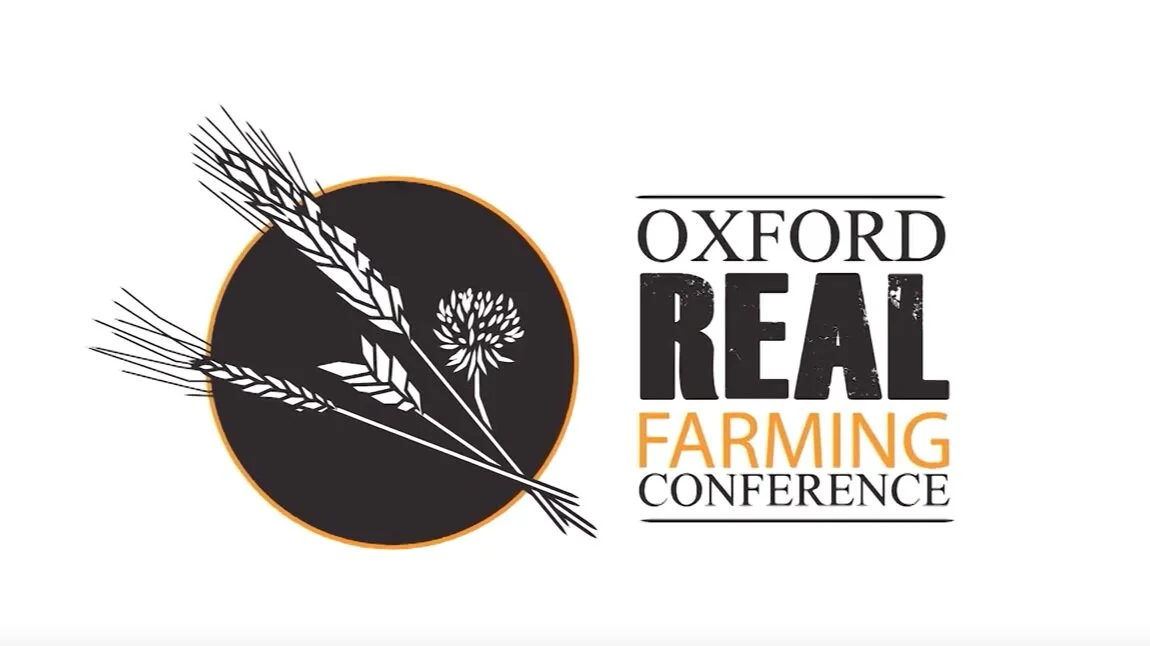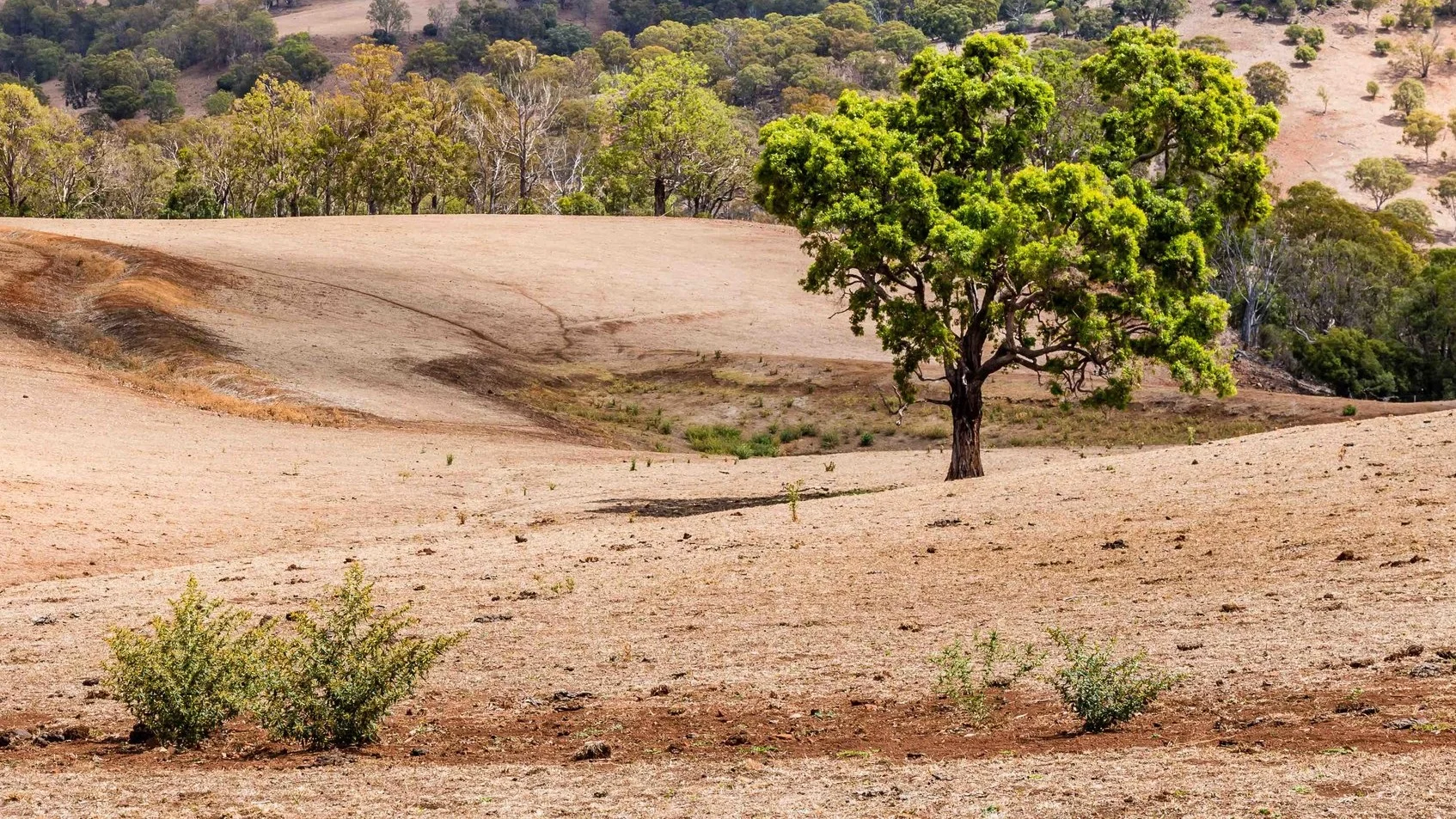Vegans love their lettuce and other leafy greens, however they may be shocked to learn that their favourite food is possibly contaminated by unsustainable farming practises. Or perhaps they already know this and instead choose to focus on fighting with farmers over animal welfare concerns. Another article posted last week explored the recent Vegan campaign in Melbourne, the Veganuary and Februdairy promotional hashtags on social media and well as the recent attack on raw dairy farmers Fen Farm Dairy in the U.K. It also discussed why some consumers want access to nutrient-dense animal foods from sustainable farming operations and why both vegans and conscious consumers care about protecting our environment. See the article Nourishing fats and the vegan opposition.
This article however was written to help vegans and other consumers better define why they are angry about farming involving animals and why they want change.
Feeding high amounts of grain to animals are a health risk
A recent article titled What makes for nutritious milk? in The Bovine asks why the government, the dairy industry and the beef industry are not telling people about two distinct groups of E.coli: one acid sensitive and the other acid resistant.
"This means that if you consume an acid sensitive E. Coli it is destroyed by your stomach acid, whereas, if you consume an acid resistant E. Coli it passes through your stomach acid into your intestines where it can cause intestinal disease."
A 1998 article on the website of Cornell University titled Simple change in cattle diets could cut out E.coli infection explains that grain-based cattle diets promote the growth of the acid resistant form of E.coli that can survive the acidity of the human stomach and cause intestinal illness. It says that E. coli contamination is responsible for more than 20,000 infections and 200 deaths each year in the United States.
"In studies performed at Cornell, beef cattle fed grain-based rations typical of commercial feedlots had 1 million acid-resistant E. coli, per gram of faeces, and dairy cattle fed only 60 percent grain also had high numbers of acid-resistant bacteria. In each case, the high counts could be explained by grain fermentation in the intestines."
"According to microbiologist Russell, acid-resistant strains of bacteria have evolved to overcome the protective barrier of the gastric stomach. The ongoing process of natural selection allows organisms with the appropriate genes to survive and multiply where others cannot. Because cattle have been fed high-grain, growth-promoting diets for more than 40 years, he says, there has been ample opportunity to select acid-resistant forms."
The gastrointestinal tract of cattle digests starch poorly. It ferments in the colon and results in cattle becoming incubators for harmful microbes.
Risk for vegans, vegetarians and others
All consumers are at risk from this practise because if the manure from these high grain operations are used as fertiliser on lettuce crops, the microbes are transferred as well. Alliance to save our Antibiotics Scientific Adviser, Cóilín Nunan explains that this is indeed possible when there are antibiotics involved, in this video.
This is a good reason to advocate for sustainable farming practises because if not, the chances of getting sick increases, which is potentially why leafy greens are now considered the number one riskiest food in North America. Raw milk is not even on the list of the top ten most risky foods. We encourage angry vegans and concerned
consumers to take this issue up with industry, politicians and food regulators; to change their policies. Farmers are finding it very difficult to farm differently, because there are many overwhelming factors working against them. Fighting with them may not be the best course of action. Instead, encourage them to become more sustainable. It will be a more productive, positive and healing experience for everyone.
The practice of feeding high grain diets to both dairy and beef cows and then for the animals to produce the acid resistant E.coli have far reaching consequences that need to be explored. Ruminants are biologically designed to eat pasture.
How can you ensure that your leafy greens are sustainably farmed? How can you ensure that it contains all the beneficial microbes from healthy soil (example) and not the potentially harmful bacteria via manure from high grain farming operations? Animal manure from intensively farmed operations are a pollutant. The lettuce in your fridge may look pretty, but is it good for you? If it was fertilised by manure from healthy, grass-fed animals in organic and regenerative systems it is likely to be the better and safer option. When there is more biology (good microbes) in the soil, this enables the plants to take up more minerals and nutrients. This is worth advocating for.
In addition, it is also becoming clear that vegans in general tend to be disconnected from farming methods. They tend to confuse industrial dairying and raw dairy production, which is two different industries, with different production standards and different values. In America there are many raw milk producers who were once vegans and many ex-vegan raw milk consumers... this is a very curious reality. It is possible that in being disconnected from farming methods that create nutrient-dense foods, these people were disconnected from nutrition. In this interview at the 31 minute time marker, raw milk producer Mark McAfee explains why the human brain requires good fats for nervous system tissues. He says that Schwann cells require insulation, and that after years of not having animal fats many vegans loose that insulation and become a nervous wreak. He has witnessed that within hours of consuming (regulated) raw cream ex-vegans settle in a calm and stop shaking.
Risk to the raw dairy operation
This practise is a risk to the raw dairy operation because acid resistant E.coli (and other harmful bacteria that are encouraged by high grain feeding) may shed in the faeces of the grain-fed cow. It may contaminate the environment around the dairy or the milk. This is why a high grain diet will never work for the operation producing for the raw dairy market. It may also explain why many overseas raw dairies are 100% grass-fed.
No food can be produced to be 100% safe, but with world best practise mitigation systems regulated raw milk can be a low risk food. The beneficial bacteria inside of this kind of raw milk has numerous health benefits backed by science. It can create colonisation resistance in the gut lining, which means bad bugs are less likely to take hold, or create disease.
According to this article the researchers found that cattle fed hay or grass had only acid sensitive E.coli. Dairy cattle always fed grass or hay have no chance of shedding acid resistant E. Coli in their faeces. If it’s not in the faeces, it can’t be in the milk even if the milk was contaminated by faeces. Perhaps conventional dairy farmers in Australia can now begin to appreciate why so many overseas raw dairies are 100% grass-fed. There are plenty of scientific reasons why it produces a superior product that is beneficial for the animals and the environment. Please also remember that most types of E.coli are harmless and provide essential nutrients to their host, only a small number are pathogenic.
Grass-fed or pasture-raised is best for the animals and for the environment, see the video below:
Mitigating practice to increase safety
Become sustainable and change over to regenerative farming practises. Feeding high amounts of grain to cattle is clearly not healthy because it can make them sick (acidosis), lower their immune systems and lower their life expectancy. According to the farmer in this video "the grain-fed cow is a naturally obese creature that would never exist in nature".
Grains can also be carriers for chemicals with antibiotic properties, that can result in the killing off of the beneficial bacteria inside the rumen, and for pathogenic bacteria to take over. Chemicals like herbicides can also result in creating antibiotic-resistant bacteria inside the animal. In addition, mouldy grains are also known to produce toxins that can disrupt the endocrine system of the cattle and make them very sick.
It is important to highlight that the high grain feeding turns cattle into factories producing more dangerous bacteria, with dire consequences for all consumers. From a certain point of view, returning ruminant animals to a pasture-based lifestyle is more important for the planet than fighting with farmers over animal welfare concerns.
Related Articles:
Nourishing fats and the vegan opposition
What makes for nutritious milk?
Simple change in cattle diets could cut E. coli infection
Farmer-friendly Raw Milk Risk Identification and Risk Reduction
The exquisite 'terroir' of raw dairy
The Story Behind “Kale v. cow” with Diana Rodgers
Februdairy campaign leads to vicious media attacks on vegans
Video: The difference between grass-fed and grain-fed beef
Two dead, more hospitalised after listeria outbreak linked to rockmelons
Two dead, rockmelons ripped off supermarket shelves after listeria outbreak
Vegetarianism and Nutrient Deficiencies
FDA Investigating Possible Link Between Factory Farms and Tainted Lettuce

















